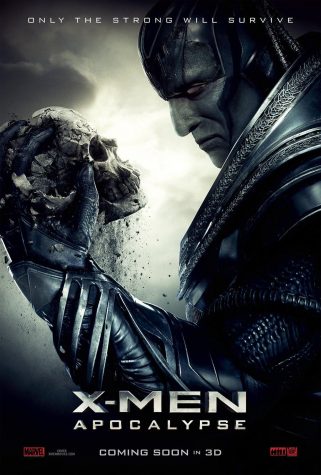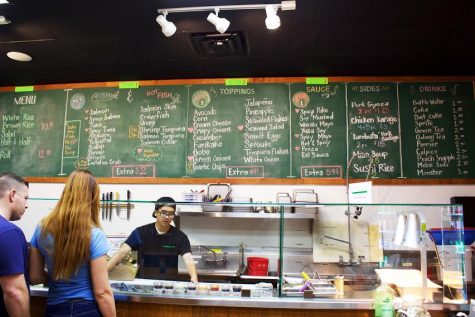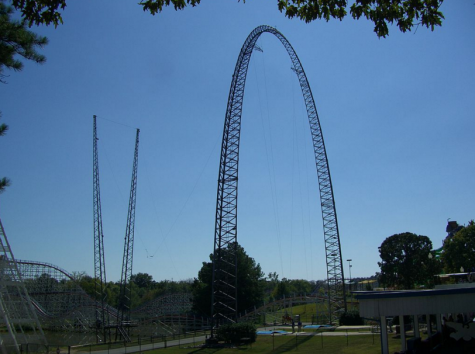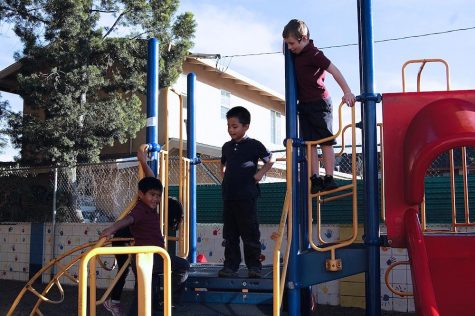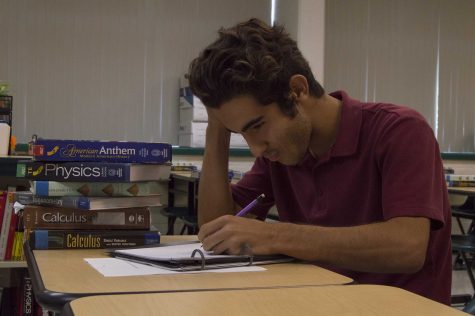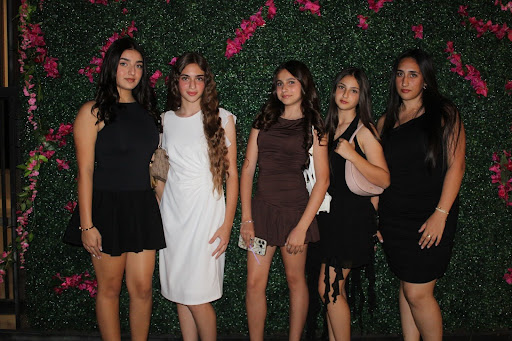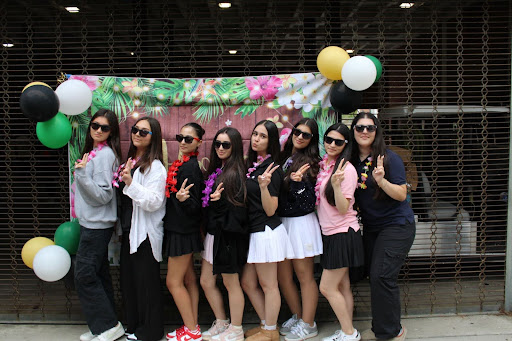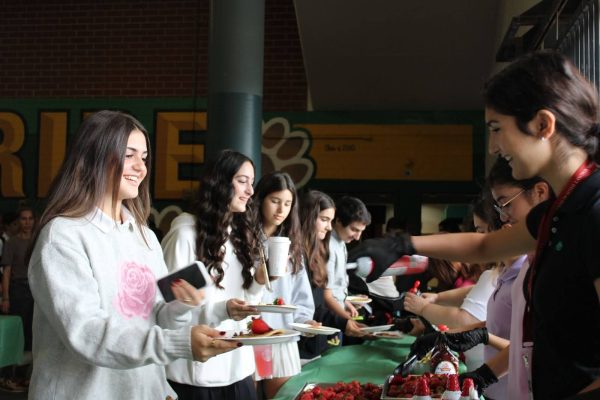Sophomores visit the Los Angeles Museum of the Holocaust
A docent describes the room outside the museum; the room has 1.5 million and some holes to represent each of the children who died during the Holocaust.
On April 9 and 10, 240 sophomores from both Humanities classes went on a field trip to the Los Angeles Museum of the Holocaust. This trip coincided with what they are learning in class — World War II, Adolf Hitler and the Holocaust.
At the museum, students were separated into two groups. One group listened to a speaker who was a survivor of the Holocaust. These students got a firsthand account of what life was like during that time, and each group listened to a different speaker. However, most of these survivors had hidden for the duration of the war and did not go to a concentration camp like Auschwitz.
The second group, meanwhile, was divided into even smaller groups, and taken on a tour of the museum. There, they were guided by a docent through the exhibits, which were very detailed and had extensive information provided.
One particular exhibit was a scale model of the Sobibor concentration camp, which had been constructed by an escapee of that exact camp. After prisoners had escaped, Hitler had the camp leveled, as it was a failure and he did not want the rest of the world to know that anyone had ever escaped from any of his camps.
There were also artifacts from the camps, such as the striped uniforms as seen in the movie The Boy in the Striped Pajamas, and even things from the infamous Auschwitz concentration camp. There were also interactive touch screen computers that gave in-depth background on each of the camps, the victims, masterminds, and survivors, and even a replica scale model of the cattle cars that carried Holocaust victims to their impending doom.
Students had mixed feelings about the field trip. Even though some people found the trip not worthwhile, most students seemed to find the experience interesting.
English Diana McGrath’s third period class collectively agreed that the museum was “very cool.” McGrath also noticed that the “survivors of the Holocaust seemed to be the ones who hid it out.”
Anna Mikaelian said that she was disappointed not to have heard a personal story from an actual concentration camp survivor. “I was kinda bummed,” Mikaelian said. “I wished I could’ve met someone who survived one of the camps, like Auschwitz. But I loved the museum. The cattle car was intense — I’m claustrophobic, and it must have been even worse for the people who actually had to go through that horrible experience. Even though our speaker hid during the Holocaust, I’m glad to have met a real person who survived. And the 1.5 million holes in the place outside of the museum, those represented the kids who died — that was really, really sad. I had a good experience here, overall.”
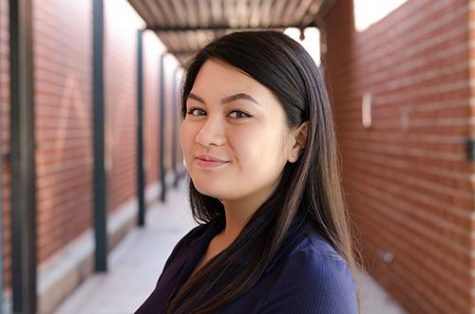
Hobbies/Interests: writing, being annoying, making to-do lists, reading the to-do lists, complaining about the to-do lists, sleeping
Favorite Movie:...




